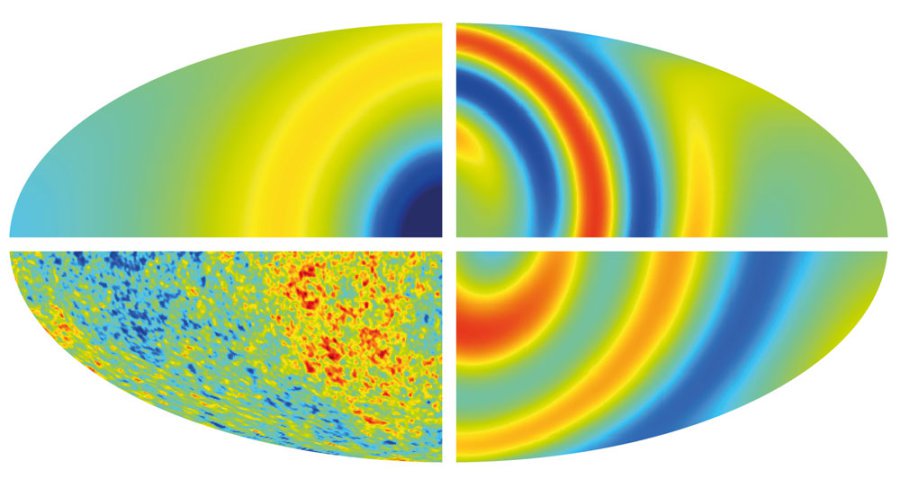The Great London:
Astrophysics
Astrophysics: Theory that challenges Einstein's physics could soon be put to the test

Breaking News: Unravelling the history of galaxies

Astrophysics: Cosmology safe as universe has no sense of direction

Astrophysics: The Big Bang might have been just a Big Bounce

Astrophysics: Accelerating research into dark energy
